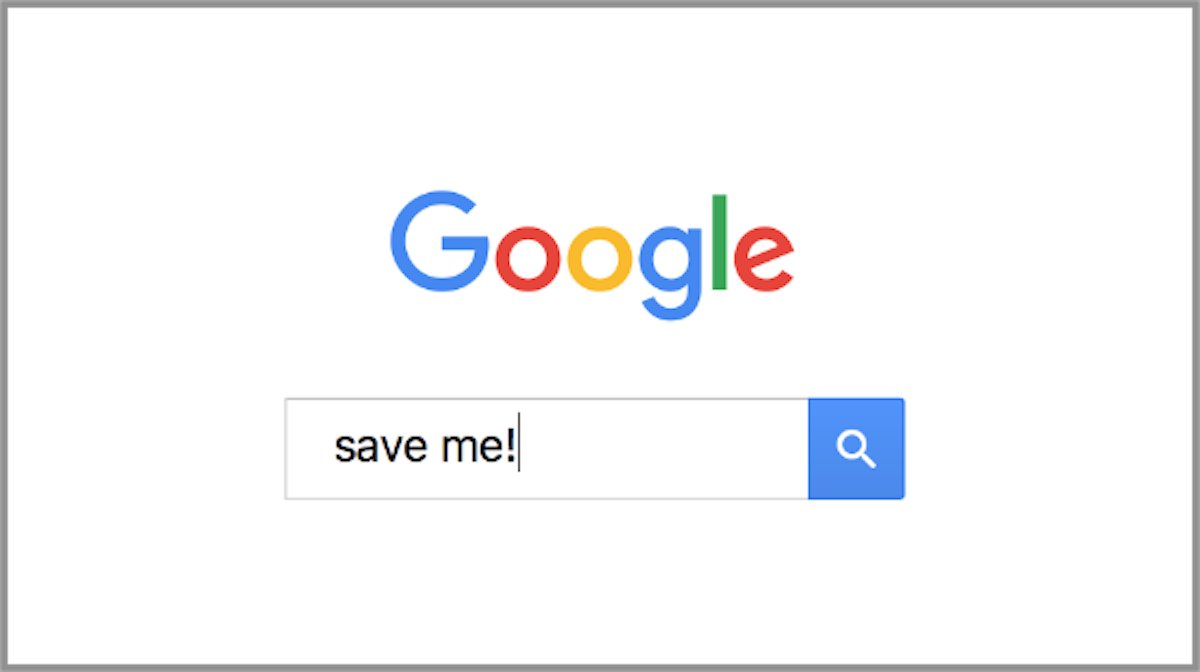
You may have a huge fanbase and massive traffic, but ignoring search engine and social network guidelines will sink your online visibility faster than hitting an iceberg on a foggy night. In this second edition of our SEO primer series, we cover the critical website requirements for getting on to the search engines.
Most website platforms support these guidelines, but many of them don't out of the box. Do your homework and research your options -- or have us do it for you.
Here are the current guidelines to ensuring compatibility:
Guideline 1 - Use thoughtful titles, descriptions and a picture in your webpage editor
Why? Search engines and social media require this information for search results and sharing. They get really cranky if you don't have them. In other words, your site won't get ranked very high, and you won't get noticed. And trust us, like a gymnast doing a triple-back-flip, you want to get noticed.
Guideline 2 - Describe your website's structure with a sitemap file
Search engines are imperfect at detecting inner pages of your website. Search engines crawl your page, like hikers on the side of a mountain. If you don't give them a clear map, they won't be able to find all the best parts of your site. You can help search engines by having your website platform offer search engines a site-map. It helps Google and other search engines make like spiders and crawl your site that much easier.
Guideline 3 - Use basic network security with https
You've probably noticed that your browser shows an indicator of whether a website is using secure networking next to the current URL. Well, search engines will dock you for not having it.

Turns out that search engines kinda care about keeping their users safe (even Yahoo!), go figure? And in these days of identity theft, you might as well have HTTPS for your site. It's kinda like having an overprotective daddy with not just a shotgun, but a semiautomatic rifle and martial arts skills on top of it.
Guideline 4 - Be kind to all screen sizes
Remember how we mentioned smartphones and tablets earlier? Also called responsiveness, search engines will dock your search ranking if your website doesn't look quite right on such modern technology. Yes, we know it sounds sort of petty. But because of the ubiquitousness of smartphones and tablets, it is kind of fair to expect a useable version of your site on them. And let's face it, by not having a responsive site, you'd be leaving potential sales on the table. If you're asking “Who does that?” then you're on the right track.
Guideline 5 - Optimize your site's performance
The amount of time it takes for your web page to load affects perception and satisfaction, so Google docks your search ranking if you load slowly.
Okay, so we might seem spoiled for loading times anymore, but think about it this way: if you're old enough, think back to the days of the old 54kbps dial-up modems that sounded like a duck swallowed a kazoo and thought it was a tasty meal. Yeah. You wanted it to go faster. You complained and moaned that Netscape Navigator was as slow as the ships that had the old multi-pronged steering wheel which served as Navigator's icon.
As technology has gotten faster, we've become more accustomed to that speed, and we've clamored for more. So, it stands to reason that optimized site performance has to stand up to that level of public expectations. We're pretty sure here that people aren't about to say “Yes! Please! Take us to the Dark Ages of computers again!”
We're actually working on a full tips and tricks article on performance -- sign up for our email newsletter to get notified when it's ready!
And…that's it!
Now you know how to make your site perfect. Actually no you don't, there are four more steps in this series, But at least it's a good start.
Check out our other posts in our SEO Primer Series!
